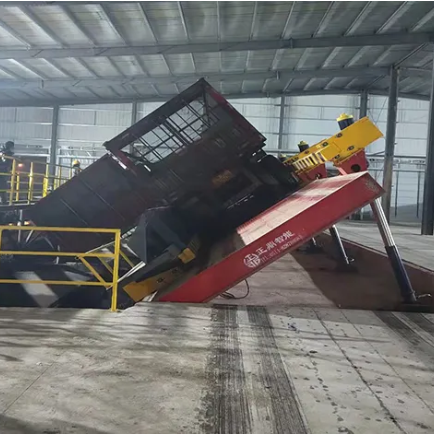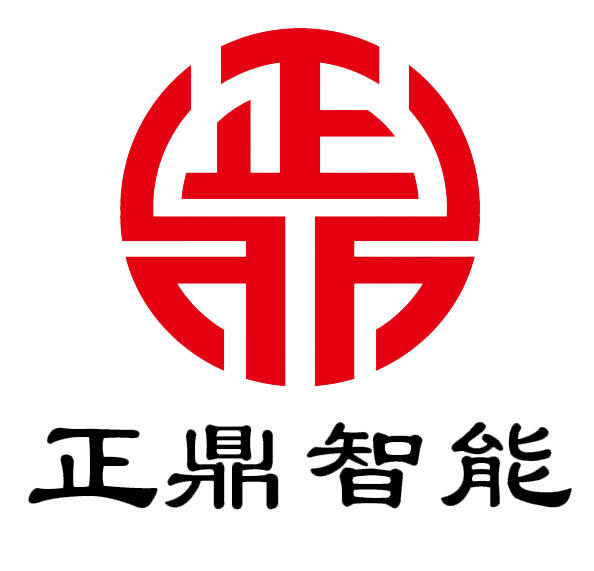Essential Guidelines for Safe Container Dumping Operations
The implementation of robust container dumper safety protocols is fundamental to ensuring both operational efficiency and workplace security in material handling facilities. As industries continue to rely heavily on container dumpers for bulk material transfer, understanding and adhering to comprehensive safety measures has become more critical than ever. This detailed guide explores the vital aspects of container dumper safety and provides actionable insights for maintaining optimal operational standards.
Core Components of Container Dumper Safety Systems
Mechanical Safety Features
Modern container dumpers incorporate multiple layers of mechanical safety features designed to prevent accidents and ensure smooth operation. These include emergency stop buttons strategically positioned for quick access, safety interlocks that prevent operation when safety guards are not properly engaged, and robust restraining systems that secure containers during the dumping process. Regular inspection and maintenance of these components are essential for maintaining container dumper safety standards.
Advanced models also feature automated safety mechanisms that monitor load distribution and prevent operation if weight limits are exceeded or if loads are improperly balanced. These sophisticated systems work in conjunction with structural safety features like reinforced frames and stabilizing supports to ensure optimal performance under various operating conditions.
Electronic Monitoring Systems
The integration of electronic monitoring systems has revolutionized container dumper safety protocols. These systems provide real-time feedback on operational parameters, including dump angle, speed, and load status. Sensors detect potential issues before they become critical, allowing operators to take preventive action and maintain safe operating conditions.
Modern monitoring systems also include data logging capabilities that track usage patterns, maintenance schedules, and safety incidents. This valuable information helps facilities identify areas for improvement in their container dumper safety procedures and implement targeted training programs.

Operator Training and Certification Requirements
Comprehensive Training Programs
Effective operator training forms the backbone of container dumper safety initiatives. A well-structured training program should cover equipment operation, safety protocols, emergency procedures, and routine maintenance checks. Operators must demonstrate proficiency in both theoretical knowledge and practical skills before being certified to operate container dumping equipment.
Training programs should include hands-on experience under supervised conditions, allowing operators to familiarize themselves with equipment features and safety procedures in a controlled environment. Regular refresher courses ensure that operators stay current with the latest safety guidelines and operational best practices.
Documentation and Certification
Maintaining detailed records of operator training and certification is crucial for container dumper safety compliance. Documentation should include initial training completion, periodic assessments, refresher course participation, and any additional specialized certifications. These records not only demonstrate regulatory compliance but also help identify when operators are due for skill updates or recertification.
Maintenance and Inspection Protocols
Preventive Maintenance Schedules
Regular maintenance is essential for ensuring container dumper safety and prolonging equipment life. A comprehensive preventive maintenance program should include daily inspections, weekly checks, and scheduled major maintenance activities. These routines help identify potential issues before they lead to equipment failure or safety hazards.
Maintenance schedules should be documented and strictly followed, with clear procedures for reporting and addressing any identified issues. This systematic approach to equipment care is fundamental to maintaining high safety standards and operational efficiency.
Safety Inspection Checklists
Detailed safety inspection checklists provide a structured approach to evaluating container dumper safety conditions. These checklists should cover all critical components, including mechanical systems, safety features, hydraulic systems, and electrical connections. Regular inspections help identify wear and tear, potential hazards, and maintenance needs before they impact safe operation.
Documentation of inspection results and follow-up actions creates an audit trail that demonstrates commitment to safety standards and helps track equipment maintenance history. This information is valuable for planning maintenance schedules and budgeting for equipment upgrades or replacements.
Emergency Response and Risk Management
Emergency Protocols
Well-defined emergency response procedures are crucial for maintaining container dumper safety in crisis situations. These protocols should outline specific steps for different types of emergencies, including equipment malfunction, power failure, or operator injury. Clear communication channels and response team responsibilities must be established and regularly reviewed.
Regular emergency drills help ensure that all personnel understand their roles and can respond effectively to safety incidents. These practice sessions also help identify potential improvements in emergency response procedures.
Risk Assessment and Mitigation
Continuous risk assessment is essential for maintaining high container dumper safety standards. Regular evaluation of operational processes, equipment condition, and environmental factors helps identify potential hazards before they lead to accidents. Risk mitigation strategies should be developed and updated based on assessment findings.
Implementation of recommended safety improvements and regular review of risk management procedures helps maintain a proactive approach to container dumper safety. This ongoing process of assessment and improvement is key to preventing accidents and maintaining efficient operations.
Frequently Asked Questions
How often should container dumper safety inspections be performed?
Daily visual inspections should be conducted before each shift, while comprehensive mechanical inspections should be performed weekly. Detailed safety audits and professional inspections are recommended quarterly or semi-annually, depending on usage frequency and operating conditions.
What are the essential safety features required for container dumper operation?
Essential safety features include emergency stop systems, safety interlocks, container restraint mechanisms, overload protection, operator presence sensors, and proper guarding around moving parts. All these features must be functioning correctly before equipment operation.
How can operators maintain optimal safety during container dumping operations?
Operators should follow established safety protocols, conduct pre-operation equipment checks, wear appropriate personal protective equipment, maintain clear communication with ground personnel, and stay alert for potential hazards. Regular training and adherence to operational guidelines are crucial for maintaining safe working conditions.

